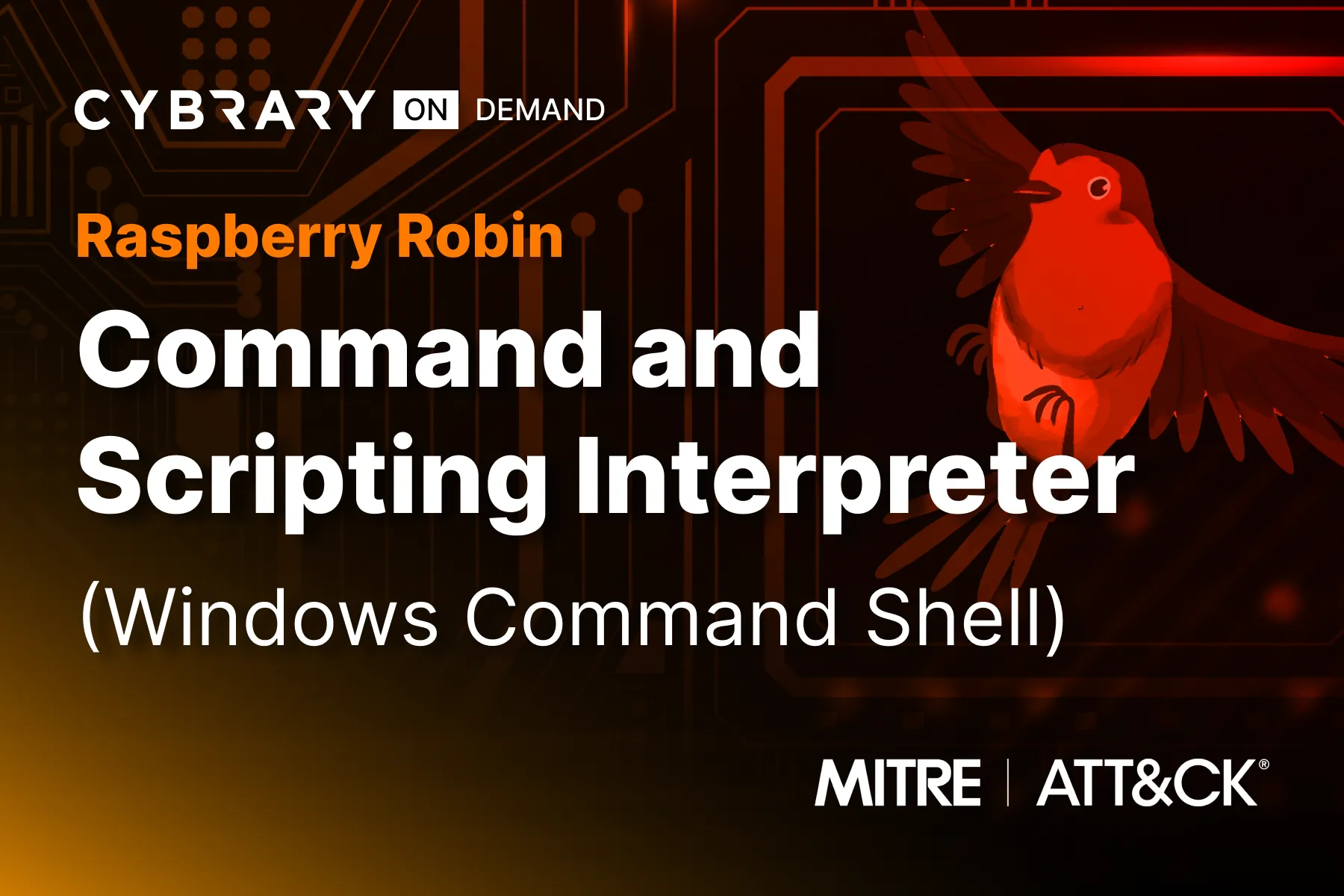Raspberry Robin
Raspberry Robin is a malware family that continues to be manipulated by several different threat groups for their purposes. These threat actors (Clop, LockBit, and Evil Corp) specialize in establishing persistence on a compromised host and creating remote connections to use later. Once established, these C2 connections can be used for multiple purposes, including data exfiltration, espionage, and even further exploitation.

5
H
30
m
intermediate
3020
5
288
Campaign Outline

Raspberry Robin: Campaign Overview
Raspberry Robin is a malware family that continues to be manipulated by several different threat groups for their purposes. These threat actors (Clop, LockBit, and Evil Corp) specialize in establishing persistence on a compromised host and creating remote connections to for data exfiltration, espionage, and even further exploitation.
Overview
Raspberry Robin is a malware family that continues to be manipulated by several different threat groups for their purposes. These threat actors (Clop, LockBit, and Evil Corp) specialize in establishing persistence on a compromised host and creating remote connections to for data exfiltration, espionage, and even further exploitation.

Replication Through Removable Media
In this hands-on lab, students will learn the basics of how an adversary can use removable media devices to gain access to an unauthorized host.
Overview
In this hands-on lab, students will learn the basics of how an adversary can use removable media devices to gain access to an unauthorized host.

System Binary Proxy Execution: Msiexec
Overview

System Binary Proxy Execution: Rundll32
In this hands-on lab, you will learn how a malicious user can obfuscate some of their payload actions through downloaded DLL files using the built-in rundll32.exe. Using rundll32, an attacker can make their activity look like a normal Windows system binary process being executed under rundll32.
Overview
In this hands-on lab, you will learn how a malicious user can obfuscate some of their payload actions through downloaded DLL files using the built-in rundll32.exe. Using rundll32, an attacker can make their activity look like a normal Windows system binary process being executed under rundll32.

Command and Scripting Interpreter: PowerShell
In this hands-on lab, you will learn how the native PowerShell scripting language for Windows can be abused to allow an attacker to execute remote commands, establish persistence, and create autorun files to carry out an attack.
Overview
In this hands-on lab, you will learn how the native PowerShell scripting language for Windows can be abused to allow an attacker to execute remote commands, establish persistence, and create autorun files to carry out an attack.

Application Layer Protocol: Web Protocols
In this hands-on lab, you will practice simulating a command-and-control (C2) beacon and detecting the resulting activity using a SIEM.
Overview
In this hands-on lab, you will practice simulating a command-and-control (C2) beacon and detecting the resulting activity using a SIEM.



